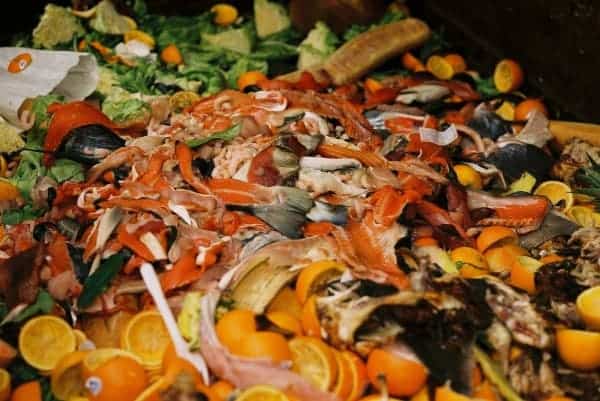According to the EPA, Americans waste some 30-40 percent of all the food they use. Even not considering the poorest areas such as Africa or SE Asia where food is almost a luxury, there are 50 million Americans who don’t have daily access to adequate food; reducing food waste could improve and save countless lives.
Food waste is a huge problem throughout the entire developed world, but a simple app may go a long way to changing that. The PareUp app will be launched in New York City first, where, according to the PareUp website, 6.5 billion pounds of food are thrown away daily; 6.5 billion pounds of food wasted every day, and that’s just New York.
Ironically, the biggest food wasters are those who profit most from food: restaurants and supermarkets – and this is PareUp steps in. Their goal is to connect the individual consumer with these businesses, allowing both parties the opportunity to buy and sell food that would otherwise go to waste. Supermarkets and restaurants would get a chance to make an extra buck from something they would literally throw away, and consumers will get a chance to get good food at discounted prices. They created a simple yet effective win-win scenario for all parties involved.
A big part of the wasted food is food which doesn’t hit the shelves in the first place – like for example vegetables with a weird shape, or simply foods which are just as tasty the others but have some feature that deems them subpar. These would also be spared and end up in someone’s belly, instead of the garbage can. The clear and simple solution would be to directly donate these to local shelters or food banks, but unfortunately, food-safety regulations for many of these organizations disallow them from accepting it. Also, the costs of transportation outweigh the price of the food sometimes. Also, it raises a somewhat ethical discussion – if these foods aren’t good enough for the general consumer, why would they be good for orphanages or homeless shelters?
Personally, I think the simple system this app uses can work out really fine. It’s your choice if you want to eat cheaper food which would otherwise be thrown away. It’s sustainable, and I certainly don’t consider it shameful. Personally, if it comes to my area, I’ll definitely use the app – and proudly.










